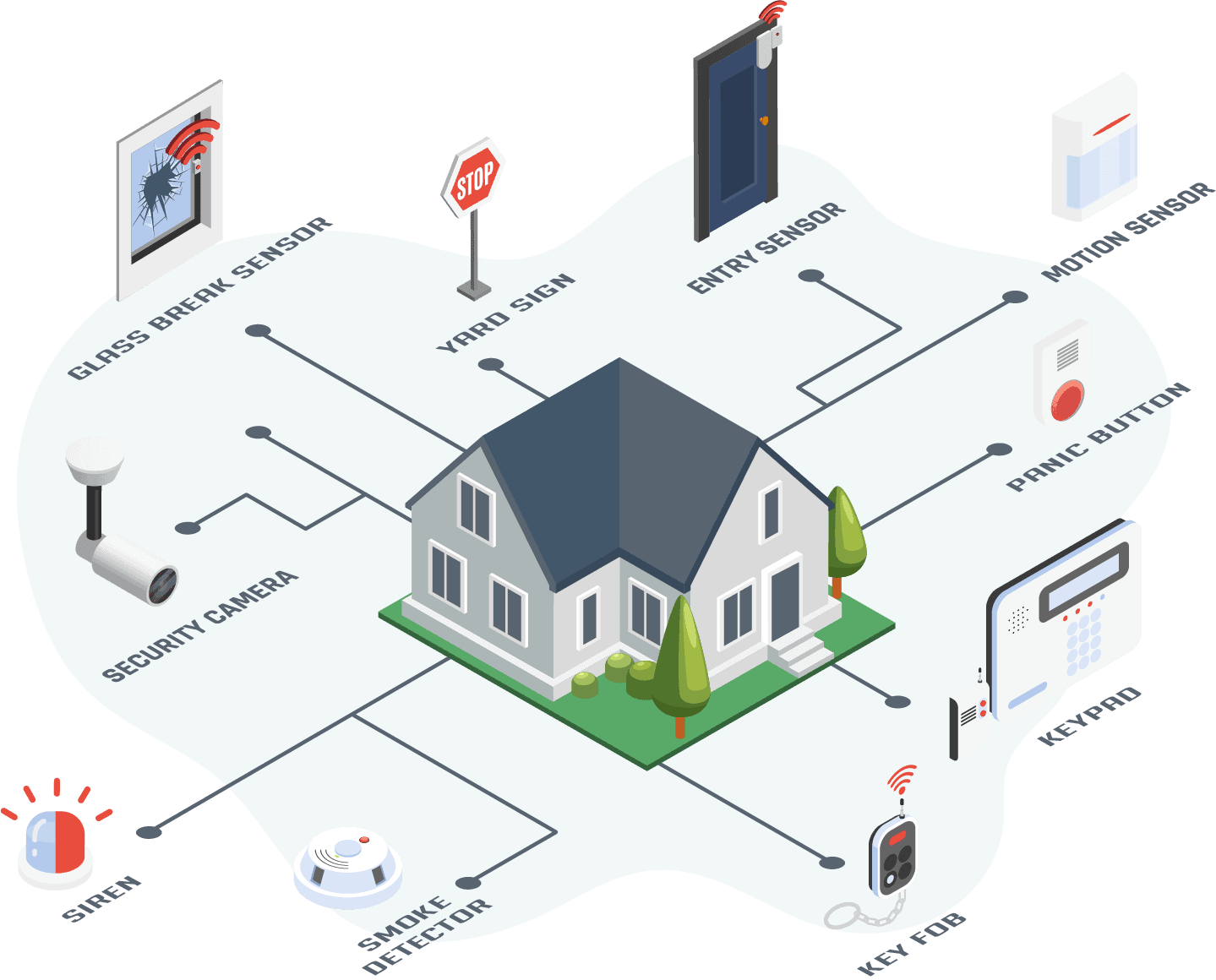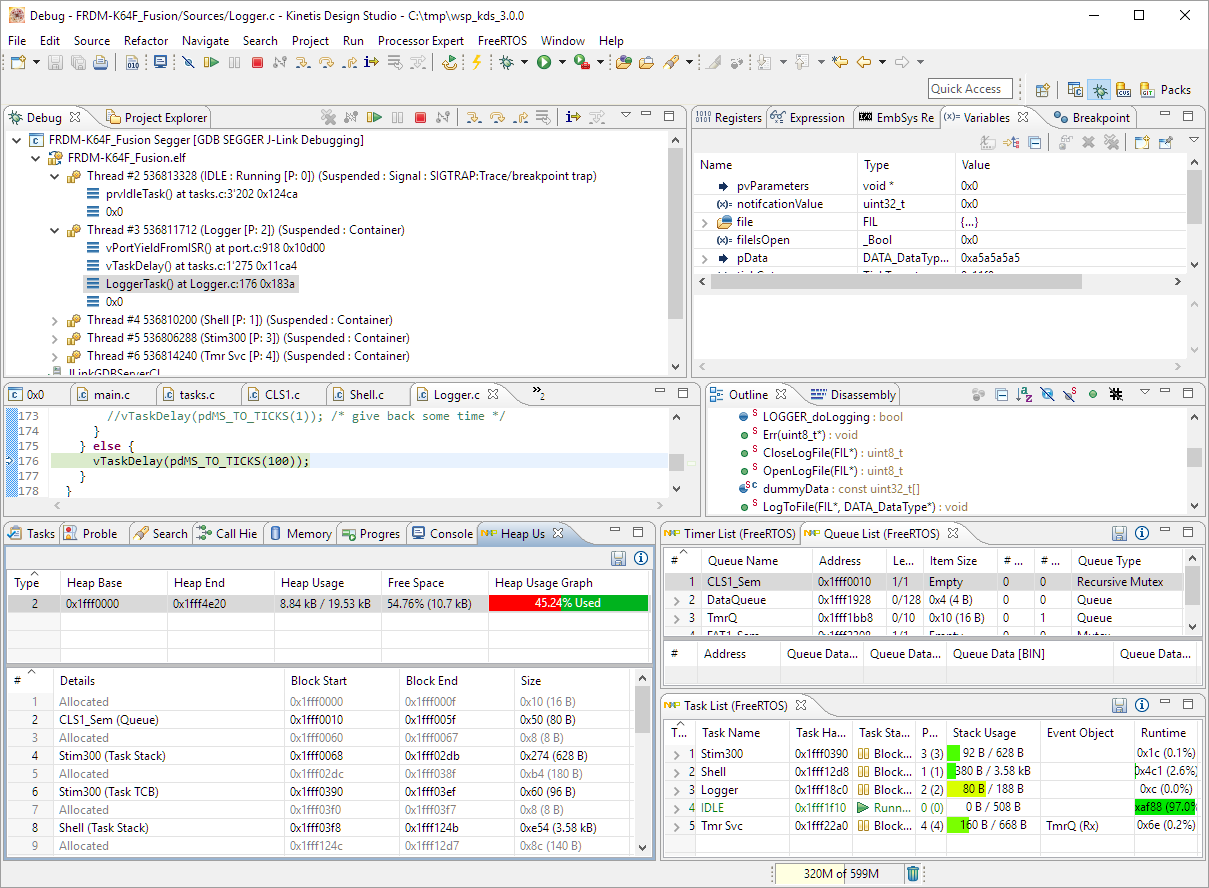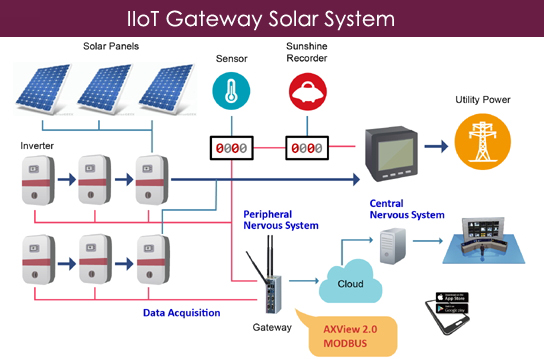In an age where security is a growing concern for homeowners, many are turning to technology to fortify their homes. One innovative solution that’s gaining popularity is building a home security system using embedded systems. These systems combine hardware and software to create a robust, customizable, and cost-effective way to safeguard your property. In this blog post, we’ll delve into the world of embedded systems and guide you through the process of creating your very own home security system.
Introduction
Home security is a top priority for many homeowners, and for a good reason. Protecting your loved ones and your property is essential. While there are various commercial security systems available, they can be expensive and may not always meet your specific needs. This is where embedded systems come into play – they offer a flexible and affordable way to create a customized home security solution tailored to your requirements.
In this comprehensive guide, we’ll walk you through the steps to build an embedded systems-based home security system. From selecting the right hardware components to programming and integrating sensors, cameras, and alarms, we’ve got you covered.
Understanding Embedded Systems
Before we dive into the nitty-gritty of building a home security system, let’s establish a fundamental understanding of embedded systems. An embedded system is a combination of hardware and software designed to perform dedicated functions within a larger system. They are often resource-constrained, meaning they have limited processing power, memory, and storage, which makes them ideal for specific tasks.
In the context of a home security system, an embedded system can control sensors, cameras, and alarms, making it the brain of your security setup. These systems are highly versatile and can be programmed to respond to various triggers, such as motion detection, door/window sensor activation, or even facial recognition.
Selecting the Right Hardware
The heart of any embedded systems project is the hardware. When it comes to building a home security system, choosing the right components is crucial for the system’s reliability and performance. Here are some key hardware components to consider:
- Microcontroller or Single-Board Computer (SBC)
The microcontroller or SBC serves as the brain of your embedded system. Popular choices include Raspberry Pi, Arduino, and ESP8266. These platforms offer a range of capabilities, from basic to advanced, depending on your project’s requirements. - Sensors
Sensors are essential for detecting intruders and monitoring your home. Common sensors used in home security systems include PIR (Passive Infrared) motion sensors, door/window contact sensors, and environmental sensors (e.g., temperature and humidity). - Cameras
For video surveillance, you’ll need cameras. IP cameras or USB cameras can be integrated into your system to provide real-time video feeds and recording capabilities. Some cameras even offer night vision for around-the-clock monitoring. - Alarms and Notifications
To alert you of potential security breaches, consider integrating alarms like sirens, buzzers, or even push notifications to your mobile device. Being able to receive alerts on your phone allows you to respond promptly to any security incidents, even when you’re away from home.
Building the Software
Once you have the hardware components in place, the next step is to develop the software that will control and manage your home security system. Here are the key software aspects to consider:
- Programming Language
Choose a programming language that suits your familiarity and the capabilities of your microcontroller or SBC. Python, C/C++, and JavaScript are popular choices for embedded systems. - Sensor Integration
Write code to interface with the sensors and cameras. Depending on the hardware you’ve chosen, there may be libraries and SDKs available to simplify this process. - Event Handling and Logic
Develop the logic for your security system. Define what actions should be taken when specific events occur. For example, if motion is detected, the system should trigger an alarm and start recording video. - User Interface
Consider creating a user interface for configuring and monitoring your security system. This could be a web-based interface accessible from your computer or smartphone.
Integration with IoT
To take your home security system to the next level, consider integrating it with the Internet of Things (IoT). IoT connectivity allows you to control and monitor your security system remotely, receive alerts, and even automate actions based on sensor data.
Conclusion
Building an embedded systems home security system is an exciting and rewarding DIY project. It provides you with the flexibility to design a security solution that fits your unique needs and budget. By carefully selecting the right hardware components and writing the necessary software, you can create a robust and reliable system that enhances the safety and security of your home.
Remember that while DIY projects offer great customization, they also require time, effort, and technical know-how. If you’re new to embedded systems, consider starting with a simpler project to gain experience before tackling a full-fledged home security system. With dedication and a bit of learning, you can have peace of mind knowing that you’ve built a security system that’s tailored to your family’s safety.





